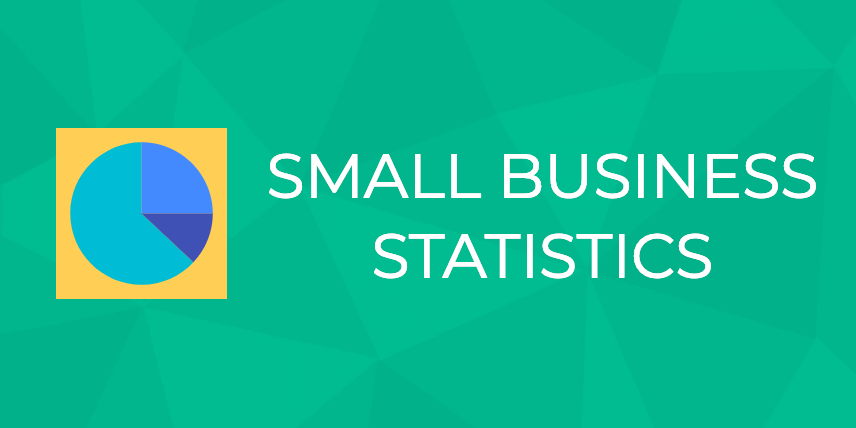This post is provided by Kristina Aguirre, Director of Small Business Acquisition at Womply
Small businesses faced their own sets of challenges in the past year. 78% of small business owners saw a decrease in revenues in 2020. However, many businesses managed to survive by adapting to the changes they faced.
Shifts in demand as well as ever-changing mandates require flexibility and knowledge to stay ahead. You can look to past data as well as recent trends to future-proof your business. Understanding trends helps you see where you may need to shift your business in order to stay afloat.
How Analyzing Statistics Can Help Your Business
For example, 39% of business owners raised employee compensation in June 2021. Since it’s becoming increasingly tough to find new employees, a raise in compensation may be the main factor to attract new talent. Other factors, like improved benefits that support work-life balance, may also attract new employees.
Digital marketing is also a bigger factor now than ever before. One survey found that 55% of small business owners plan to invest in digital. In another survey, 39% of small business owners say they’re planning to expand their social media presence. If your business doesn’t already have a website or presence on relevant social media platforms, now is the time to get started.
When Statistics And Trends Aren’t Helpful
However, you shouldn’t blindly follow statistics and trends if it doesn’t work for your business. For example, 78% of small businesses are on Facebook. This is a good place to start, but may not be the best platform for your business. Check out the demographics and uses for Facebook compared to other platforms. If your business is more visual or your customers naturally share lots of photos, then you may be better off on Instagram than on Facebook.
Like any part of business, you should take data with a grain of salt and an ounce of context. It’s easy to fall victim to trend chasing, especially if you’re eager to get ahead and keep your business running. However, if upcoming trends don’t align with your business’ core demographics or products, then you may end up wasting your time and money.
Now that you understand how to discern statistics, how do you find them? You can search for annual reports through industry publications. Large entities like Gallup and Harvard Business review release more in-depth reports and trends. You can also look through smaller surveys that focus on specific topics.
To make it easier to find relevant data, Womply put together an impressive interactive to walk you through even more small business stats and trends that you should know. Looking through past statistics gives great insight on how the landscape is shifting. Take some time to dig through some data to see how these trends do (and don’t) apply to your business.
About the author: Kristina is the director of small business acquisition at Womply, a fast-growing software company helps small businesses thrive. She has more than ten years of experience growing businesses of all sizes with data-driven marketing strategies. Prior to joining Womply, she led multiple initiatives to grow users, improve data collection, and partnered with leaders in the industry to improve customer and advertiser experiences.


